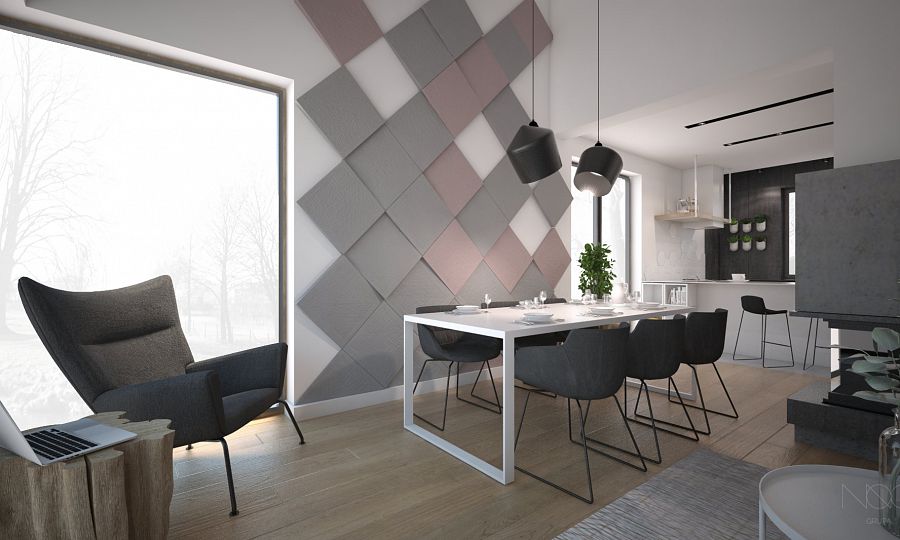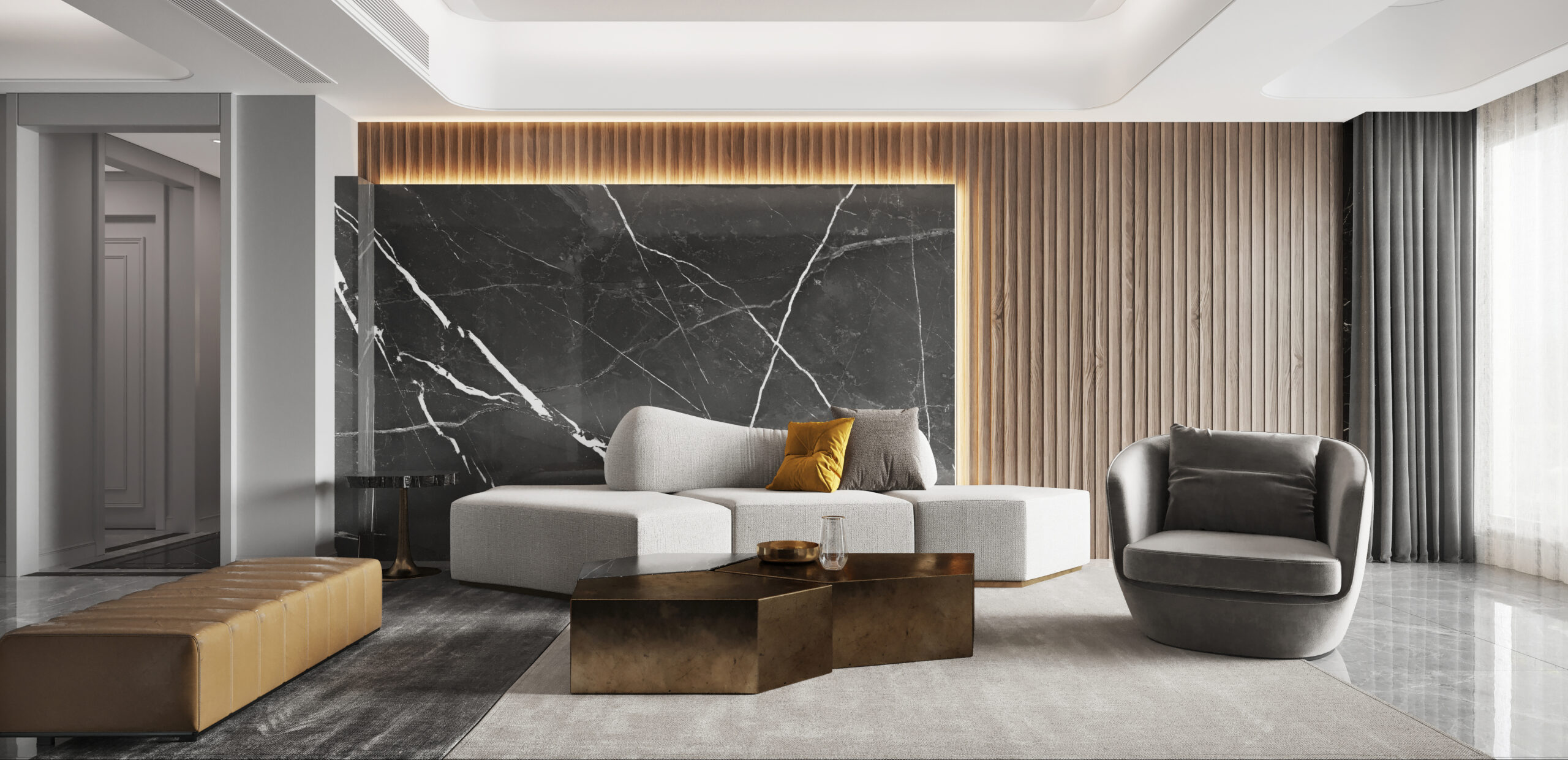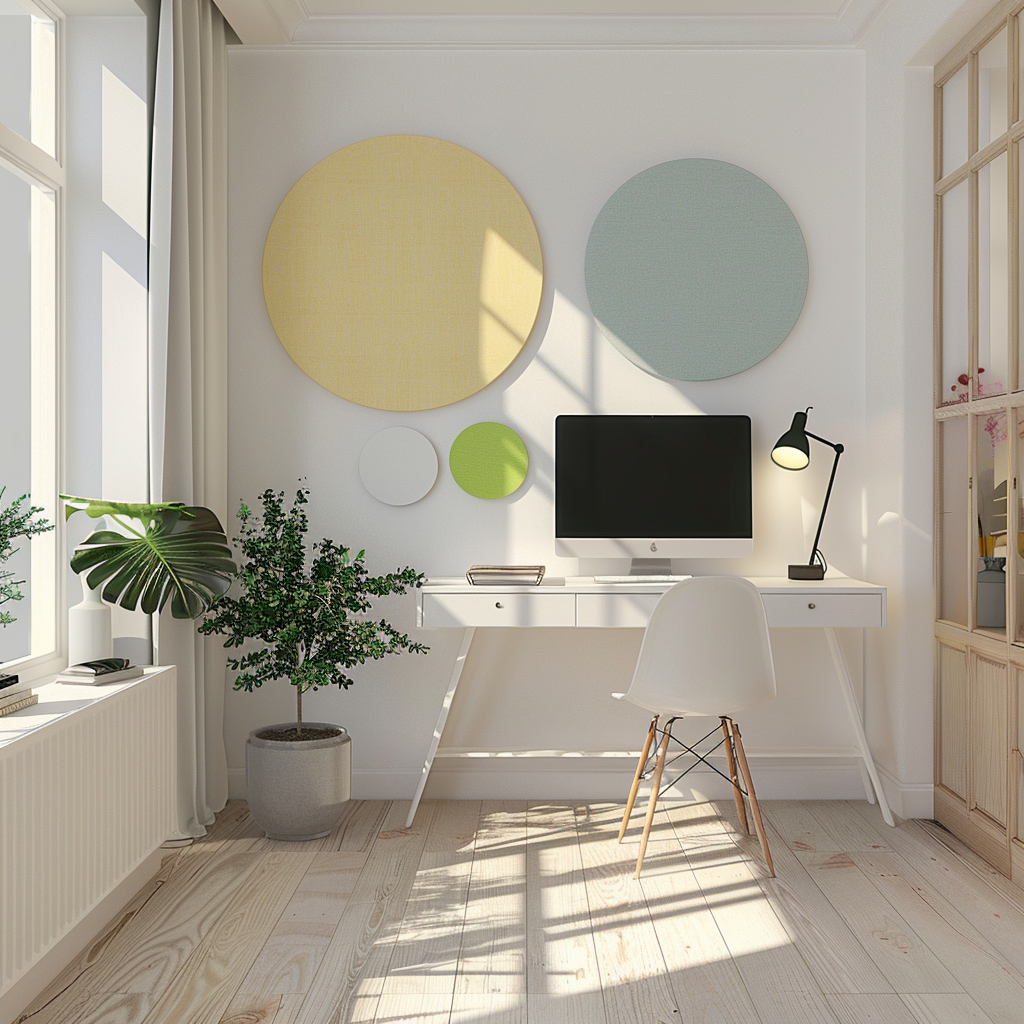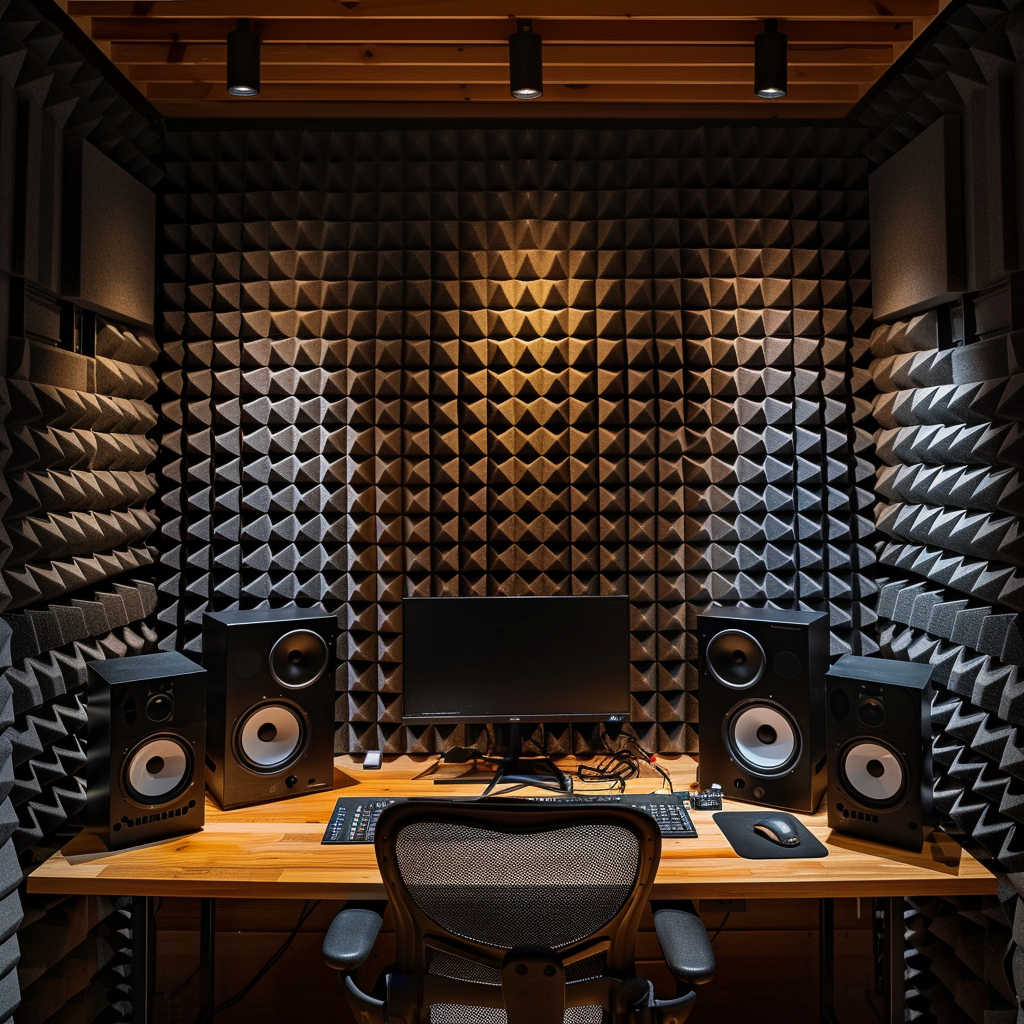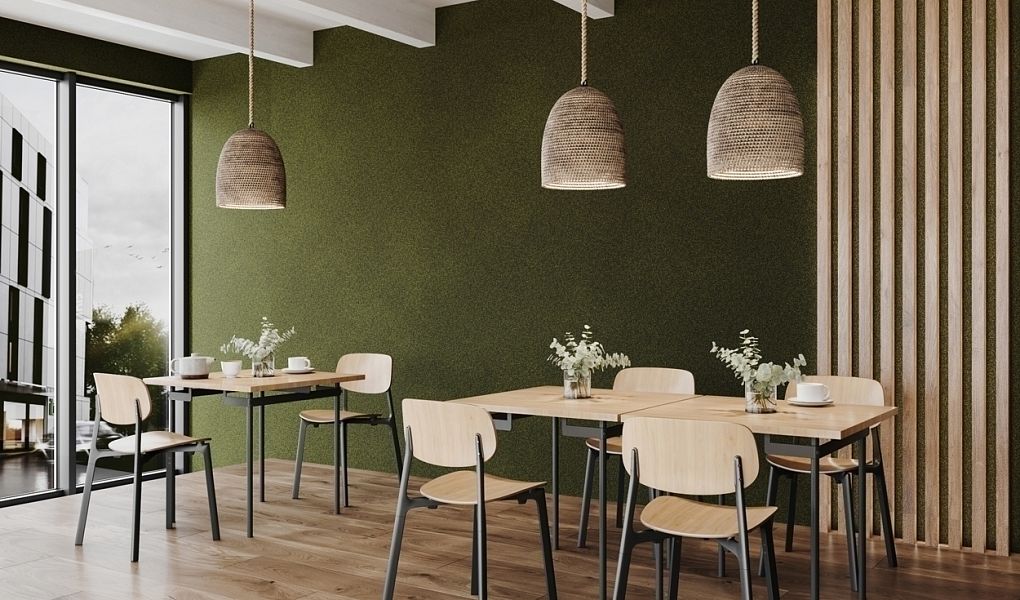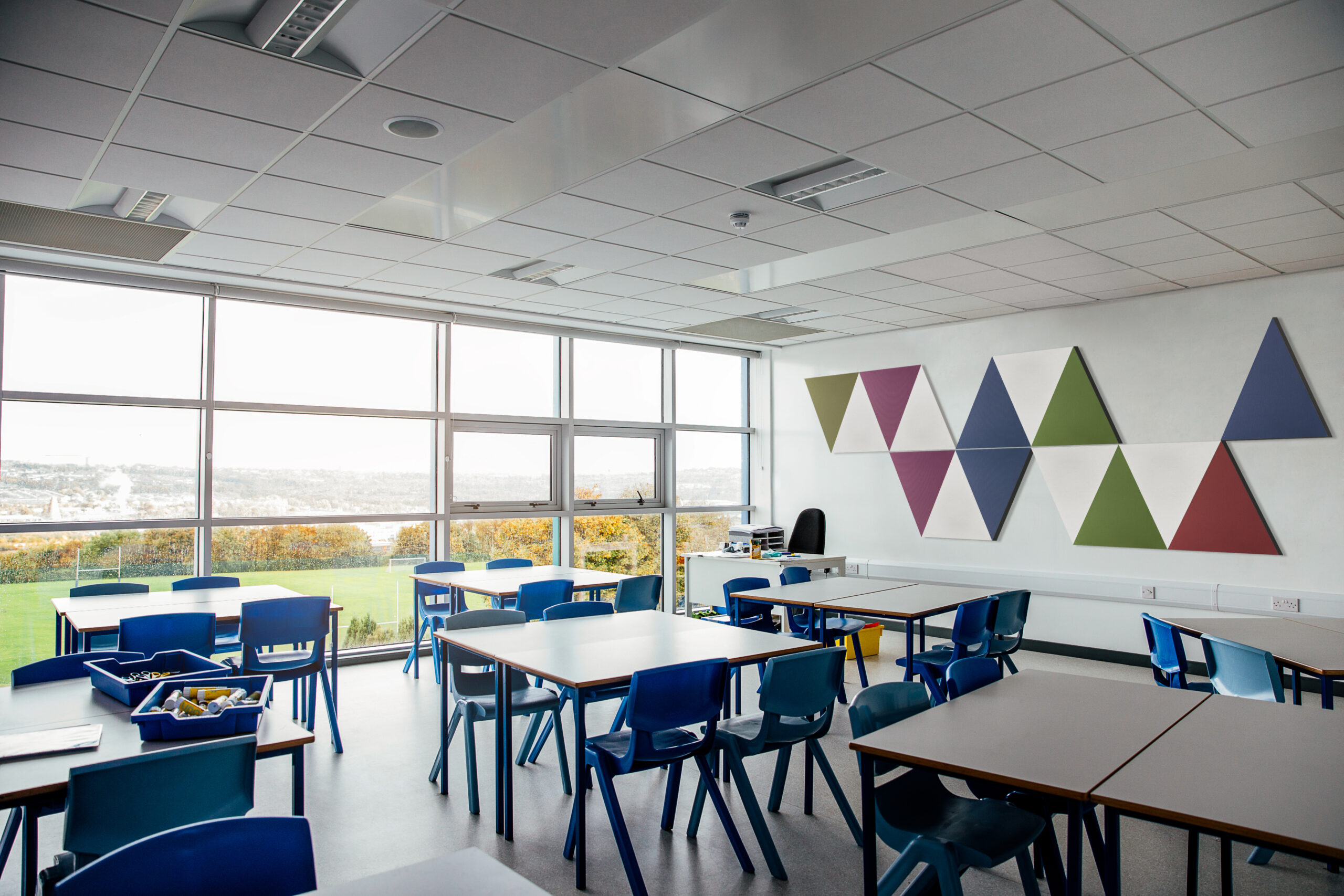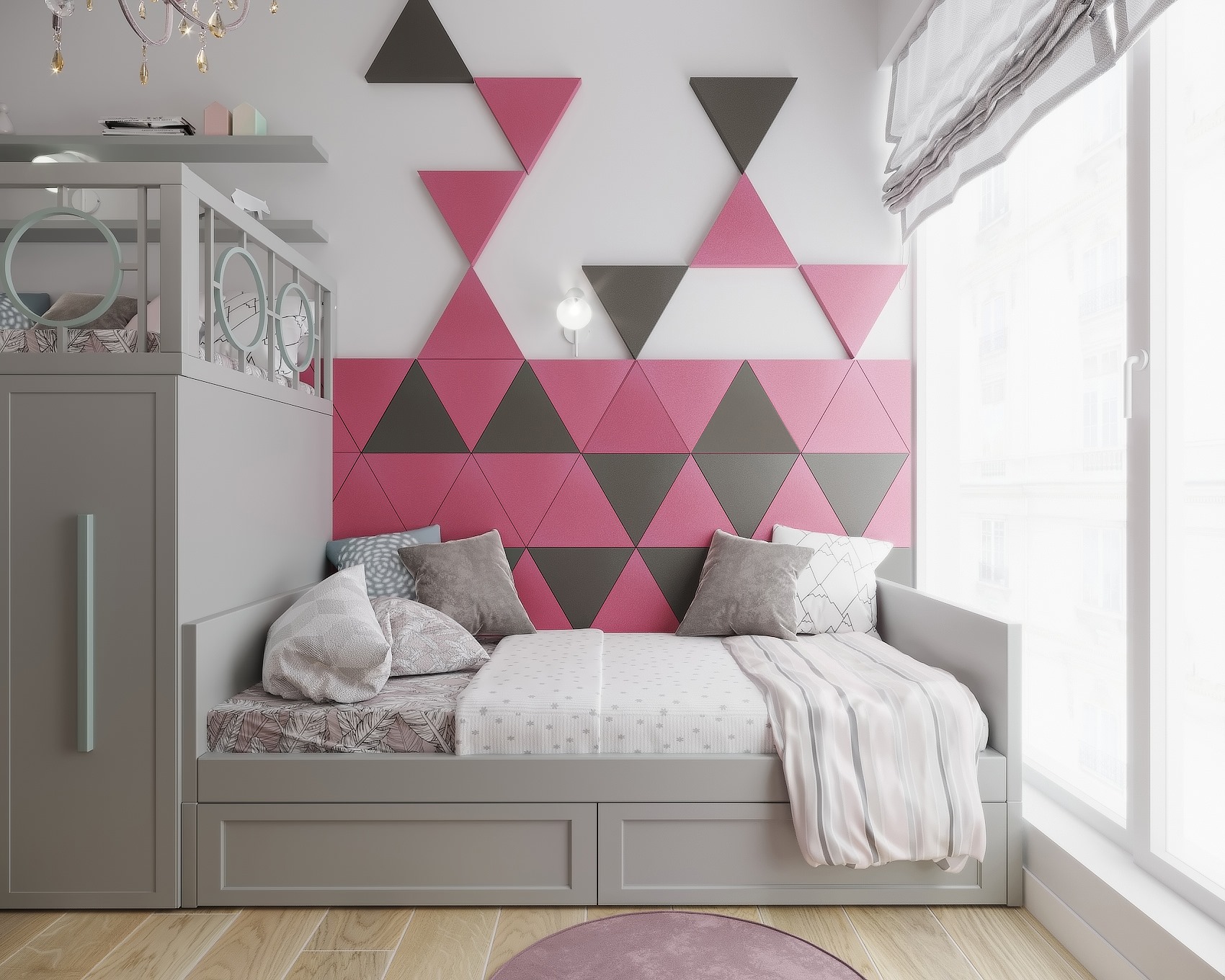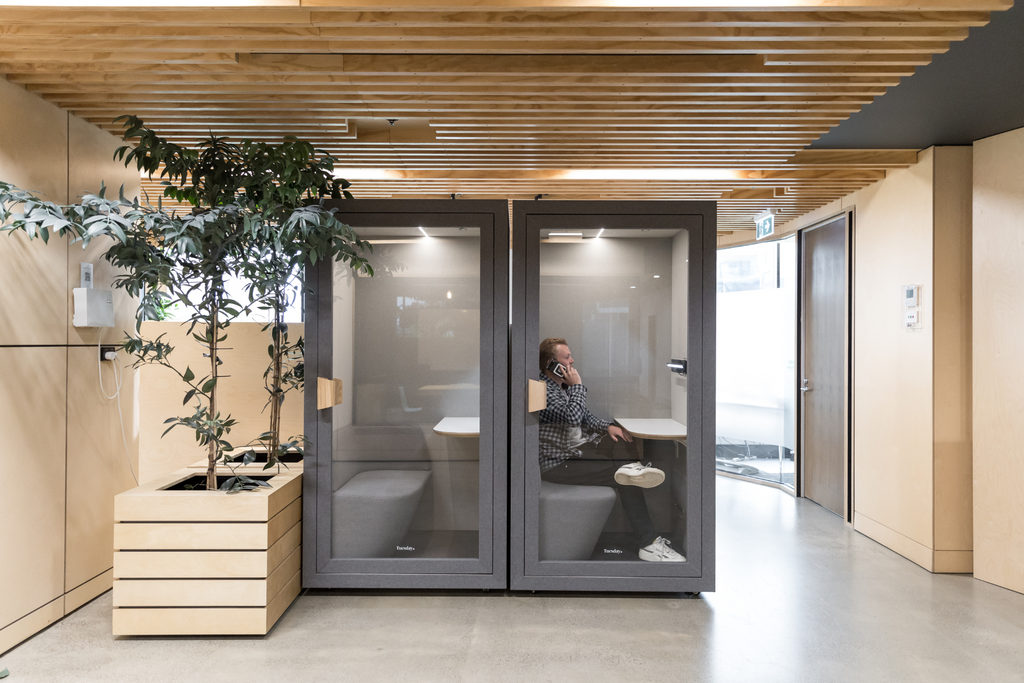
Understanding the Difference Between Acoustics and Soundproofing
What are the different parameters of Acoustics?
Acoustics is a complex field that encompasses the study of sound, its generation, transmission, and reception. To fully grasp the intricacies of acoustics, it’s important to understand the different parameters that define this discipline.
Frequency: Frequency refers to the number of sound wave cycles that occur per second, measured in Hertz (Hz). This parameter determines the pitch of a sound, with higher frequencies corresponding to higher-pitched sounds.
Wavelength: Wavelength is the distance between consecutive peaks or troughs of a sound wave. It is inversely proportional to the frequency, meaning that higher frequencies have shorter wavelengths.
Amplitude: Amplitude represents the maximum displacement of a sound wave from its resting position. This parameter determines the volume or loudness of a sound, with higher amplitudes corresponding to louder sounds.
Sound Pressure Level (SPL): SPL is a logarithmic measure of the effective sound pressure of a sound relative to a reference value. It is expressed in decibels (dB) and is a crucial parameter in understanding the intensity of sound.
Reverberation Time: Reverberation time is the time it takes for the sound level in an enclosed space to decrease by 60 decibels after the sound source has been turned off. This parameter is essential in the design of concert halls, recording studios, and other acoustic spaces.
The Fundamentals of Acoustics Explained
Acoustics is the study of sound – its production, transmission, and reception. Understanding acoustics is crucial for diverse applications, from music to architecture. Sound is the vibration of particles in a medium like air or water. These vibrations create pressure waves that carry energy. The vibration frequency determines pitch, and the amplitude determines volume.
A key principle is the inverse square law, which describes how sound intensity decreases with distance from the source. This has implications for sound engineering, as the placement of sound sources affects the listening experience. Reverberation, the way sound waves bounce off surfaces, is another fundamental aspect.
Room materials and geometry play a crucial role in reverberation characteristics. Grasping these core concepts enables informed decisions to optimise acoustic properties and create high-quality sound experiences.
How Acoustics Differ from Soundproofing
Acoustics and soundproofing are often confused, but they are quite different concepts. Acoustics refer to the way sound behaves within a space, while soundproofing is about blocking sound from entering or leaving a space.
As someone who is passionate about the science of sound, I find the nuances between these two important. Acoustics involve the reflection, absorption, and diffusion of sound waves, which impact the overall sound quality and experience within a room. Soundproofing, on the other hand, is about isolating a space from external noise through the use of materials that block sound transmission.
It’s a common misconception that improving acoustics and soundproofing are one and the same. In reality, they work hand-in-hand to create an optimal sound environment. Getting the acoustics right is crucial, but soundproofing is also necessary to control noise pollution. I hope this helps clarify the distinction between these two important audio engineering concepts.
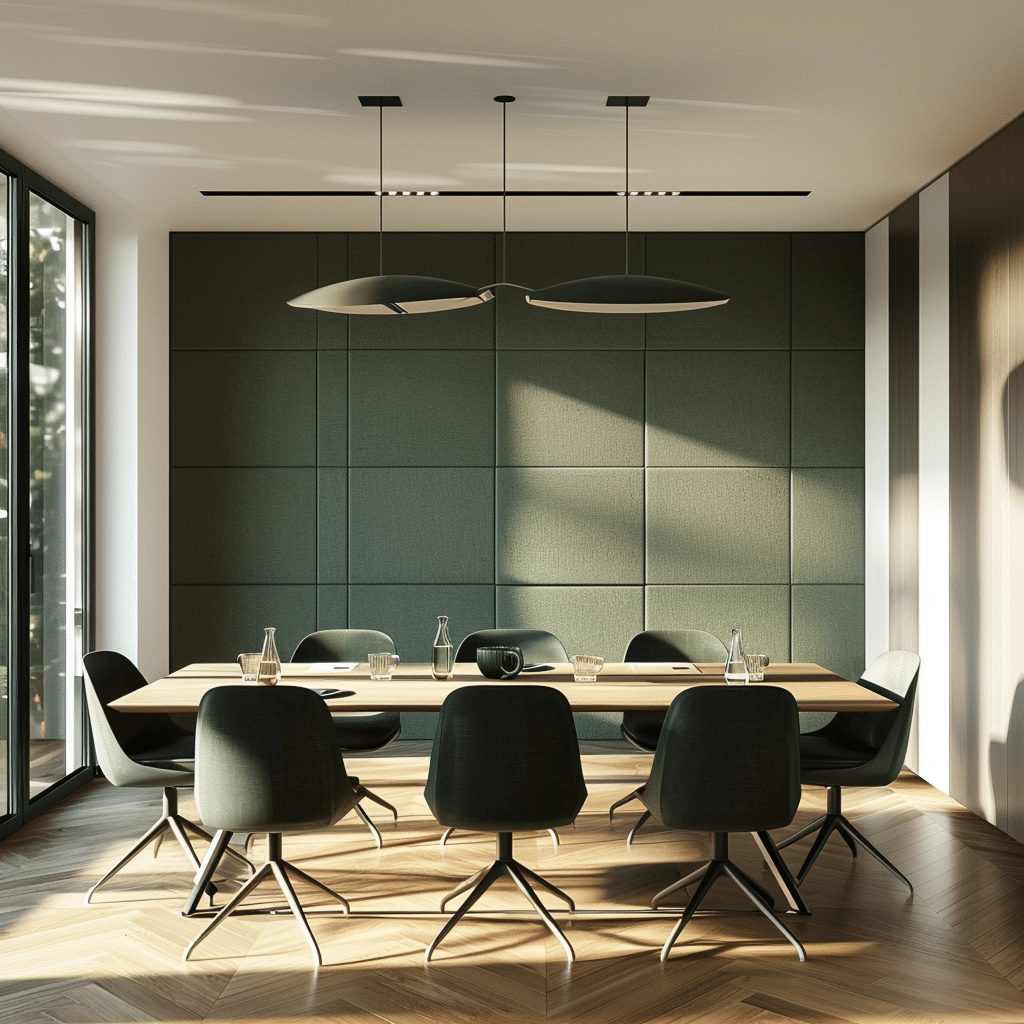
The Key Differences Between Acoustics and Soundproofing
Acoustics and soundproofing are often used interchangeably, but they refer to distinct concepts in the world of audio engineering and construction. It’s important to understand the key differences between the two to ensure you address your sound-related needs effectively.
Acoustics focuses on the behaviour of sound waves within a given space. This includes factors like sound reflection, absorption, and diffusion, which impact the overall sound quality and ambience of a room. Optimising acoustics is crucial for achieving the desired sonic experience, whether it’s for a recording studio, a performance venue, or a home theatre.
On the other hand, soundproofing is primarily concerned with isolating a space from external noise or containing sound within a specific area. This involves using materials and techniques to block the transmission of sound waves, preventing them from entering or leaving a room. Soundproofing is often essential for reducing noise pollution, ensuring privacy, or creating a quiet environment for activities like sleeping or studying.
While acoustics and soundproofing are interconnected, they serve different purposes and require different approaches. Effective sound management often involves a combination of both, tailored to the specific needs and requirements of the space.
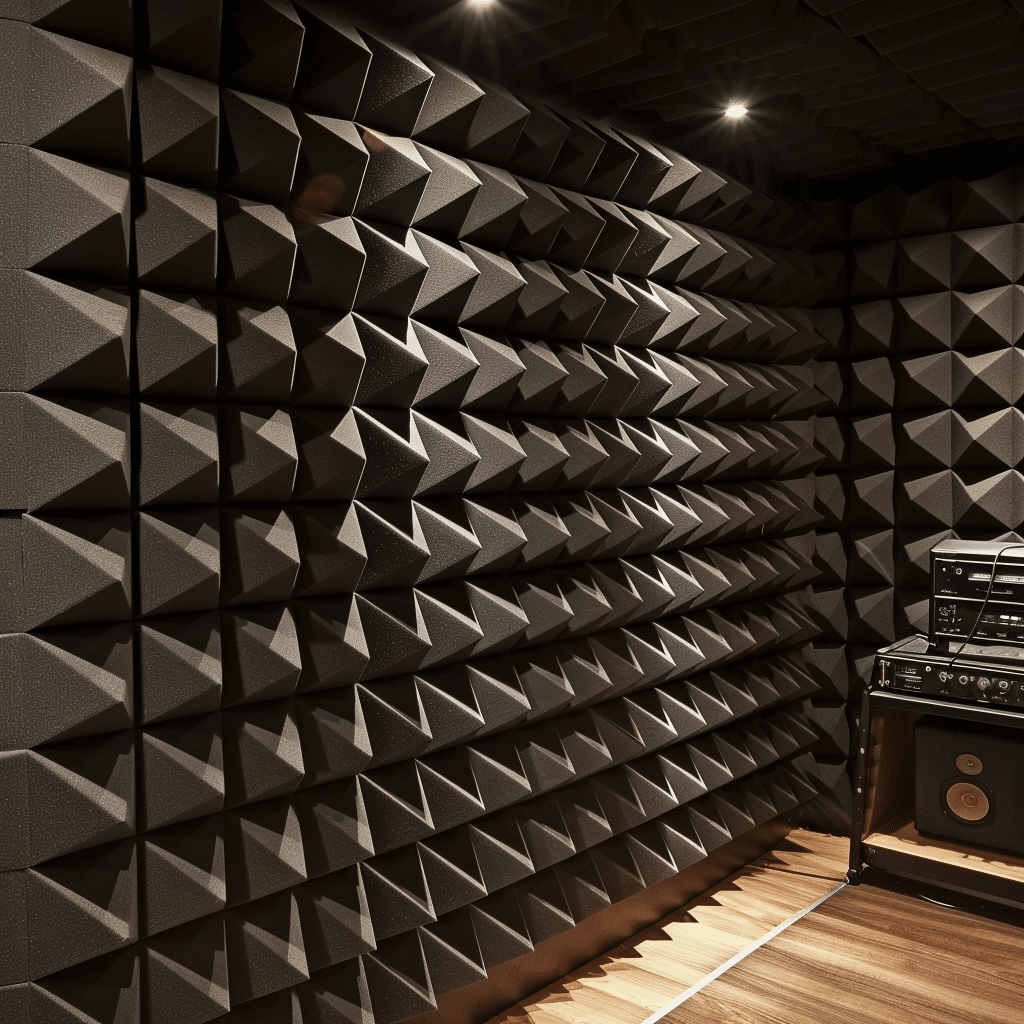
When to Focus on Acoustics vs Soundproofing in a Space
When Designing Spaces, Consider Acoustics vs Soundproofing – When designing or renovating a space, consider both acoustics and soundproofing. The priorities differ depending on the environment’s needs.
Acoustics refer to how sound behaves within a room, including reverberation, echo, and absorption. Good acoustics are essential for spaces requiring clear communication or music performance, such as conference rooms, lecture halls, or recording studios.
Soundproofing prevents noise from entering or leaving a space. This is crucial for areas where privacy or noise control is a priority, like home offices, bedrooms, or media rooms. Prioritise acoustics in spaces where sound quality is paramount, and soundproofing where noise control is the main concern.
However, a combination of both may be necessary in some cases. For example, a music rehearsal space requires excellent acoustics for musicians to hear each other clearly, as well as soundproofing to prevent disturbing neighbouring areas. Conversely, a home cinema needs robust soundproofing to keep external noise out, plus good acoustics for an immersive audio experience.
Understanding a space’s specific needs allows informed decisions about focusing on acoustics versus soundproofing, ensuring the optimal sound environment for the intended use.
Conclusion: Mastering Both Acoustics and Soundproofing for Optimal Sound Management
When it comes to creating the perfect sound environment, both acoustics and soundproofing play crucial roles. Acoustics focuses on optimising the way sound waves behave within a space, while soundproofing aims to minimise noise transmission. By addressing both aspects, you can achieve optimal sound management and create an environment tailored to your specific needs, whether it’s a recording studio, home theatre, or any other space requiring precise audio control.
By understanding the interplay between these two disciplines, you can make informed decisions to enhance the sound experience and ensure your space is acoustically balanced and effectively soundproofed.
The Acoustics Store Touch
We’re here to walk you through all the options available to improve your environment’s acoustics and help you find the perfect solution with ease.
Our team is bursting with enthusiasm and ready to give some inspiration to your acoustic journey. Whether you’re looking to dial down the noise, keep sound in check, or reduce the echoes, we’ve got you covered every step of the way.
Don’t hesitate to get in touch at info@theacousticsstore.co.uk. We can’t wait to chat and get started on making your space sound just right!
Share This Article :
Transform Your Space with Premium Acoustic Solutions!
THE ACOUSTIC HUB
Explore the World of Acoustics with The Acoustics Hub

Acoustic Insights
Explore expert articles, case studies, and practical tips to master acoustic solutions for any environment. Stay updated with the latest trends and innovations in the world of sound.
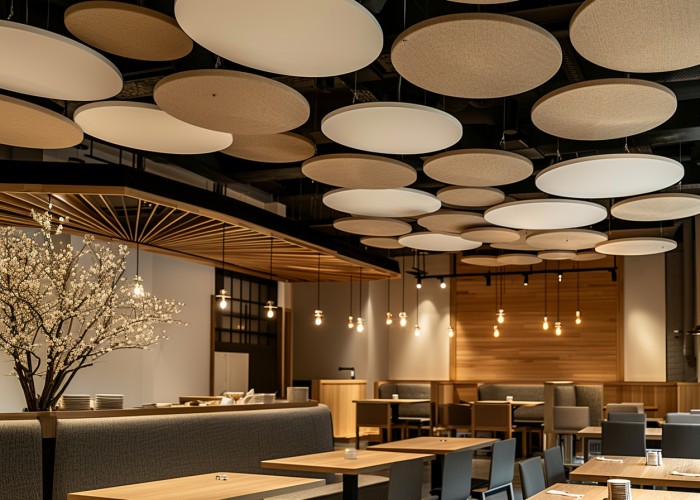
Reverberation Calculator
Quickly calculate the reverberation time for any space and determine the best acoustic treatments. Ensure optimal sound quality with our easy-to-use tool.
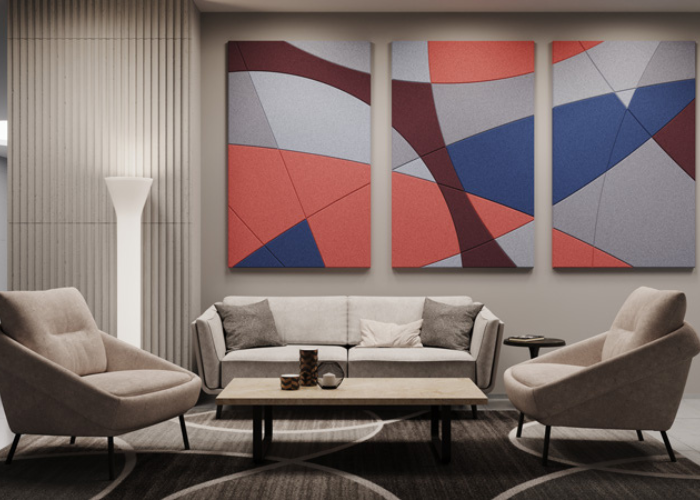
Acoustic Inspiration Gallery
Discover beautiful and effective acoustic solutions through real-life project examples. Get inspired by stylish and functional installations that enhance any space.


